Most Popular Roman Shade Styles

In this article, we'll explore and present the Most Popular Roman shade Styles, complete with visuals, while discussing their aesthetic appeal, benefits, and essential pointers and precautions to remember before buying them for your windows. First, let's delve into what Roman shades are:
What Are Roman Shades?
Roman shades, also known as Roman Blinds, are window coverings made from fabric stitched in a style that allows them to stack horizontally on top of each other when pulled up or in a beautiful waterfall motion when dropped down. They typically use a cord system, often tied at the back, to function. Roman Shades are among the most ancient types of window treatments available as their name implies, with their origins tracing back to ancient Rome.
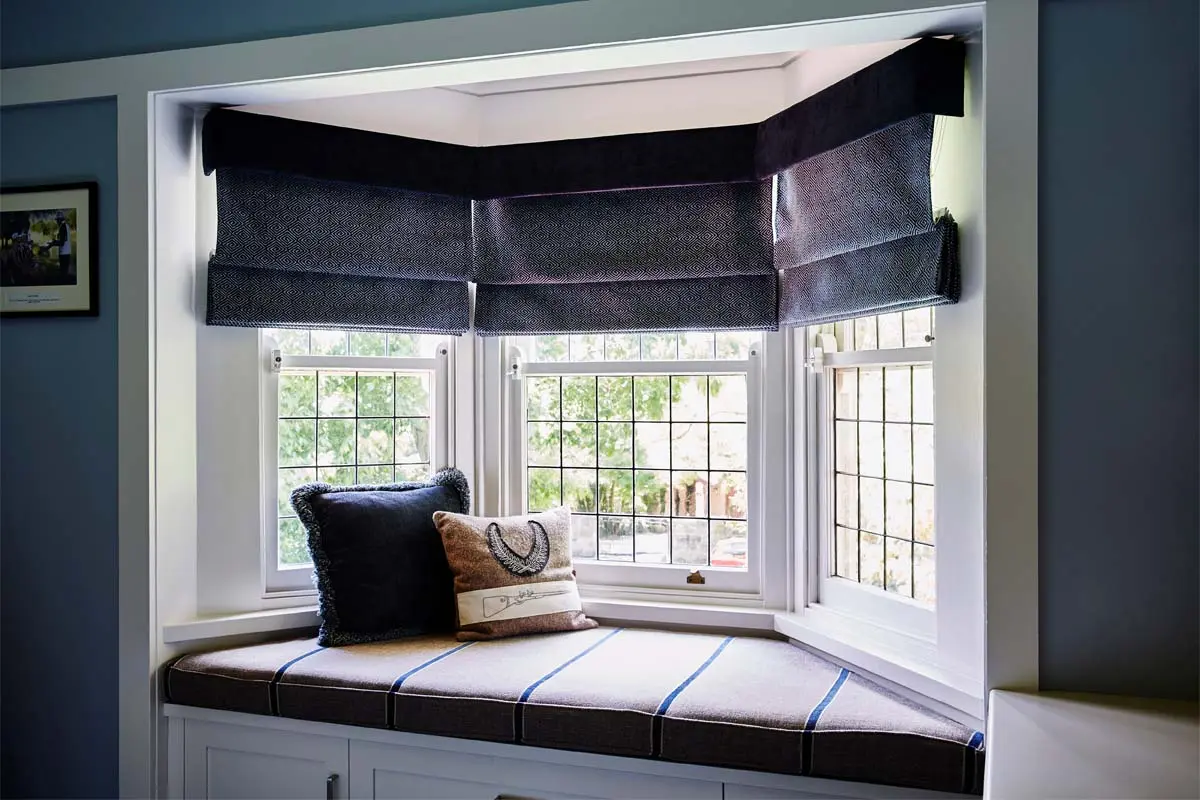
Choosing the Right Fold Design for Roman Shades:
Picking the perfect window coverings can be a challenging task. Once you've settled on Roman shades, you're faced with yet another decision: the fold design. With a variety of options to choose from, the ideal selection depends on more than just design taste. It's important to consider the specific room's requirements, the material you prefer, and the design that appeals to you. If the array of choices seems overwhelming, this guide is here to help. We’ll explore the practicality of each fold design, weigh their pros and cons, and assist you in determining the fold style that perfectly matches your home's needs.
Four Most Popular Types of Roman Shades
1. Standard Flat Fold:

- Description: The Flat Fold Roman Shade is characterized by its sleek, uninterrupted appearance. Made from a single piece of fabric without seams, it lies completely flat against the window once the shade is fully lowered.
- Aesthetic Appeal: This style offers a clean and contemporary look, making it suitable for modern interiors.
- Advantages: The uninterrupted fabric means that patterns, especially geometrics or distinctive designs, are displayed without breaks. This is particularly beneficial for those who opt for shades with intricate or bold patterns.
- Cost-effective: The flat fold design is cost-effective because it uses minimal fabric, thanks to its straightforward flat style. With the savings, consider incorporating drapery panels on both sides for added elegance and softness. Instead of the hassle of drawing curtains daily, just adjust your Roman shade while letting the drapery panels remain untouched on each side.
2. Plain Fold or Knife Pleat Roman shade:
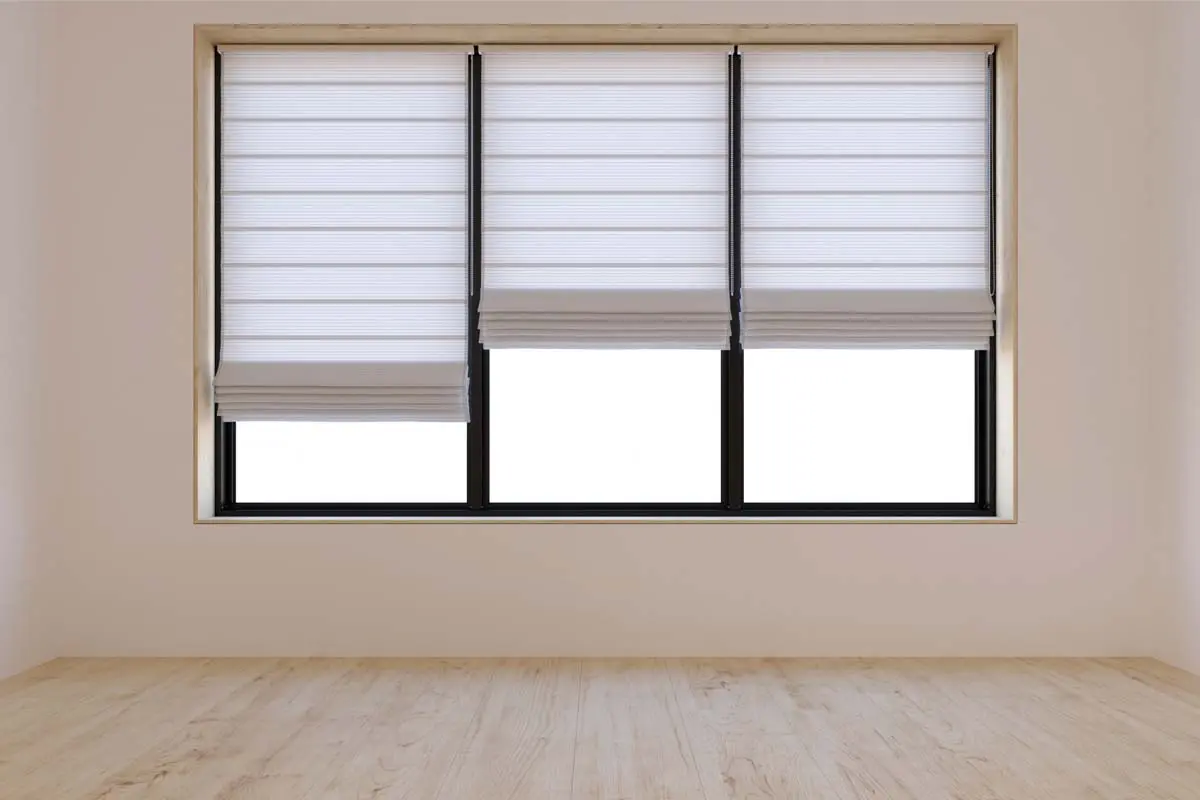
- Description: This style is well-liked, particularly with solid fabrics. The shade features horizontal stitches that provide strength and enhance its appearance. When lifted, these stitches assist in folding the shade cleanly at the window's top.
- Aesthetic Appeal: The Plain Fold or Knife Pleat Roman shade is celebrated for its simplicity and elegance. Its streamlined design suits various decors, with neat pleats adding sophistication. The flat surface highlights the fabric's beauty, offering both function and timeless style.
- Advantages: The Plain Fold Roman shade offers a clean look, suits many decors, uses fabric efficiently, and maintains its shape well. It is versatile and ideal for daily use, highlighting fabric elegantly.
3. Soft fold or Hobbled Roman Shades:
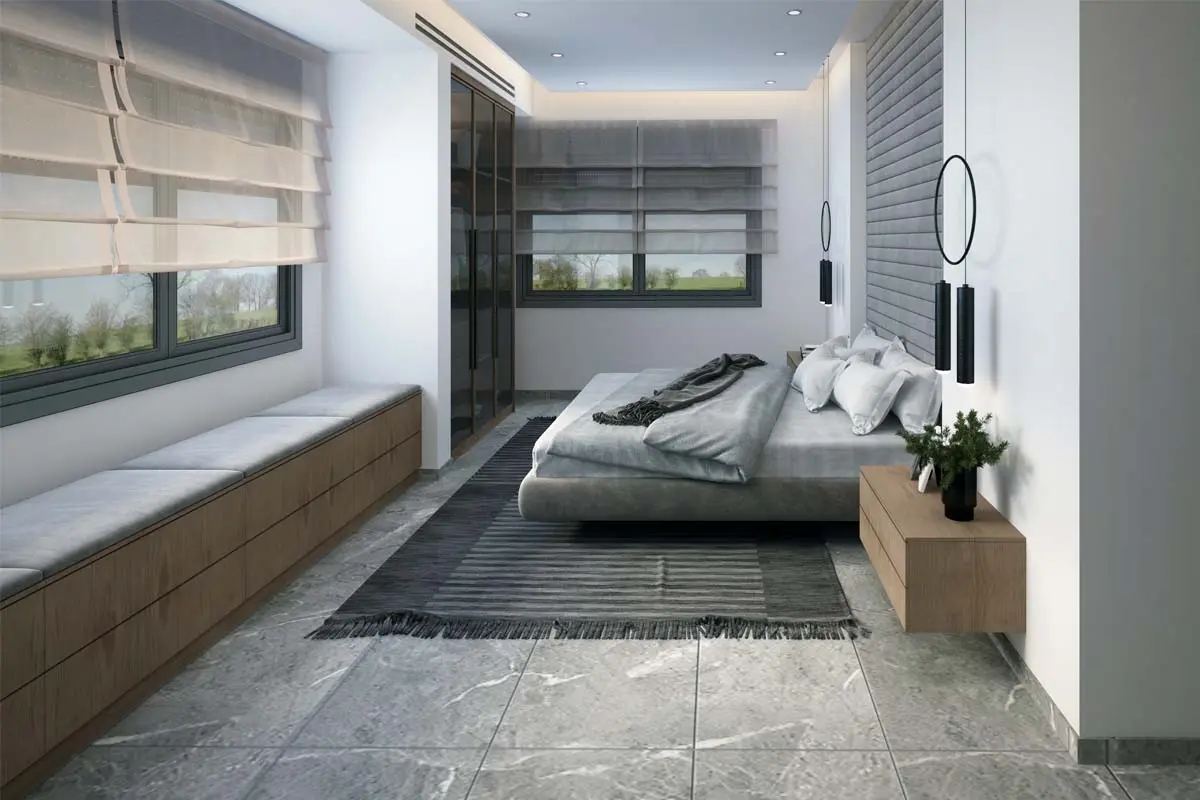
- Description: Another favored design is the Soft-Fold or Hobbled Roman Shade. Its charm lies in the gentle fabric loops or folds it displays even when fully extended, making it ideal for shades that will mostly stay down.
- Aesthetic Appeal: It imparts a more romantic and luxurious feel, making it suitable for both classic and contemporary interiors.
- Advantages: The cascading fabric provides a richer, fuller look compared to the flat design. It adds a touch of elegance and can make the room feel cozier and more inviting.
- Tip 1: We recommend a different style if you plan to keep your shades up frequently. This design becomes bulkier when lifted and needs extra fabric, increasing the cost.
- Tips 2: This design isn't suitable for lightweight or transparent fabrics, as they won't maintain their form, causing the loops to appear flat when the shade is down.
- Tip 3: Consider using a simple pattern or color because this design has many fabric loops, which already add a lot of beauty to it.
This shade design is the fanciest of the four types and is commonly used in main living areas and master bedrooms.
4: Relaxed or European Roman Shades:
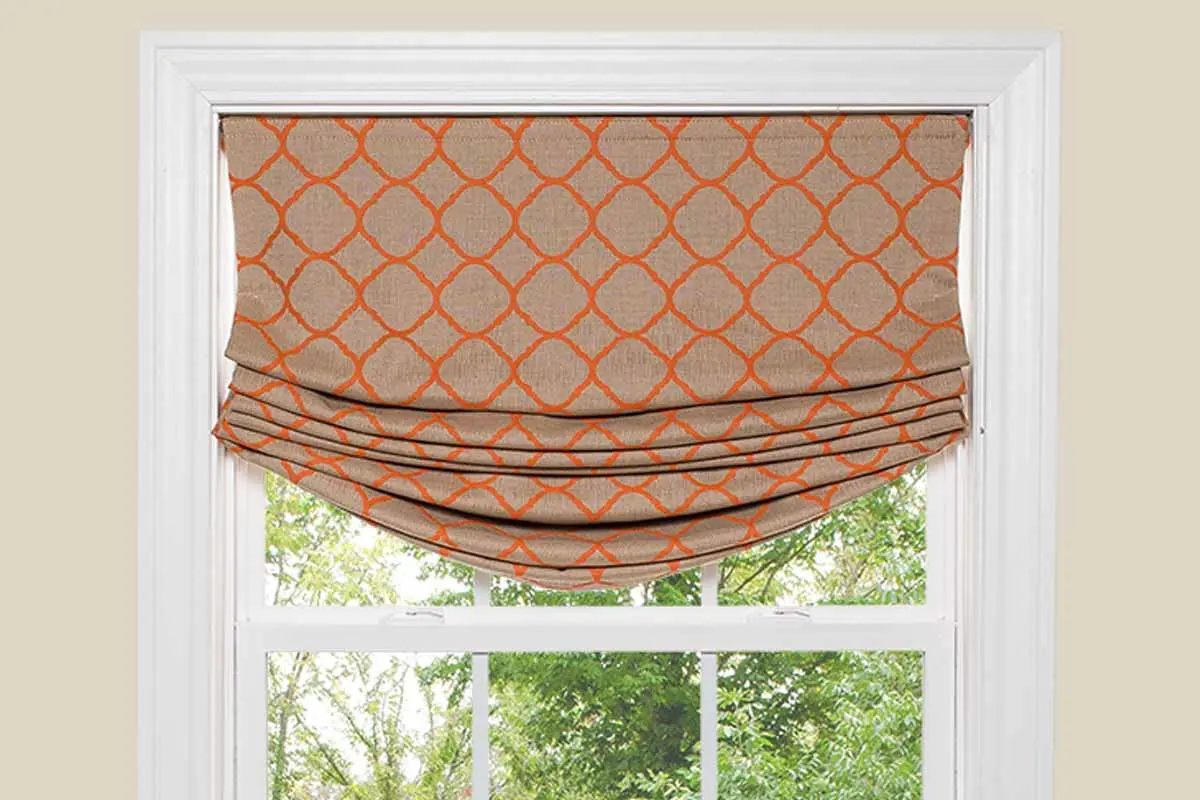
- Description: Lastly, the Relaxed Roman is the fourth favorite style. Also known as the European-style Roman shade, it features a soft curve at the base. This laid-back design is versatile, and with the right fabric, it suits many decors. It's especially favored in French Country, Cottage, and Traditional styles.
- Aesthetic Appeal: This design works best on windows where the shade remains largely in place for decorative purposes and some privacy. When fully extended, the shade can appear somewhat disheveled. The shade can hang plain and loose on tall, slim windows or doors, losing the appealing layered curve seen when it's slightly raised.
- Cautious: Due to its curved structure, the shade needs some adjusting, making it less ideal for frequent use. However, it's a great addition to kitchens or breakfast areas, where you can semi-lower it to shield from the morning sunlight while still appreciating the outside view.
- Tip: Another approach with this design: If you're keen on its look but seek privacy, you can pair it with a different shade. If your window has enough depth, place a light-filtering or blackout roller shade inside and the Relaxed Roman shade outside. Maintain the Roman shade's soft curve for aesthetics and adjust the roller shade as needed for privacy and light regulation.
---
Each style has unique characteristics and can be chosen based on the space's aesthetic and functional needs.
Cautious:
When shopping or discussing Roman shades, it's essential to clarify any specific terms to ensure you're referring to the same design or feature, as naming conventions can vary among manufacturers and regions.
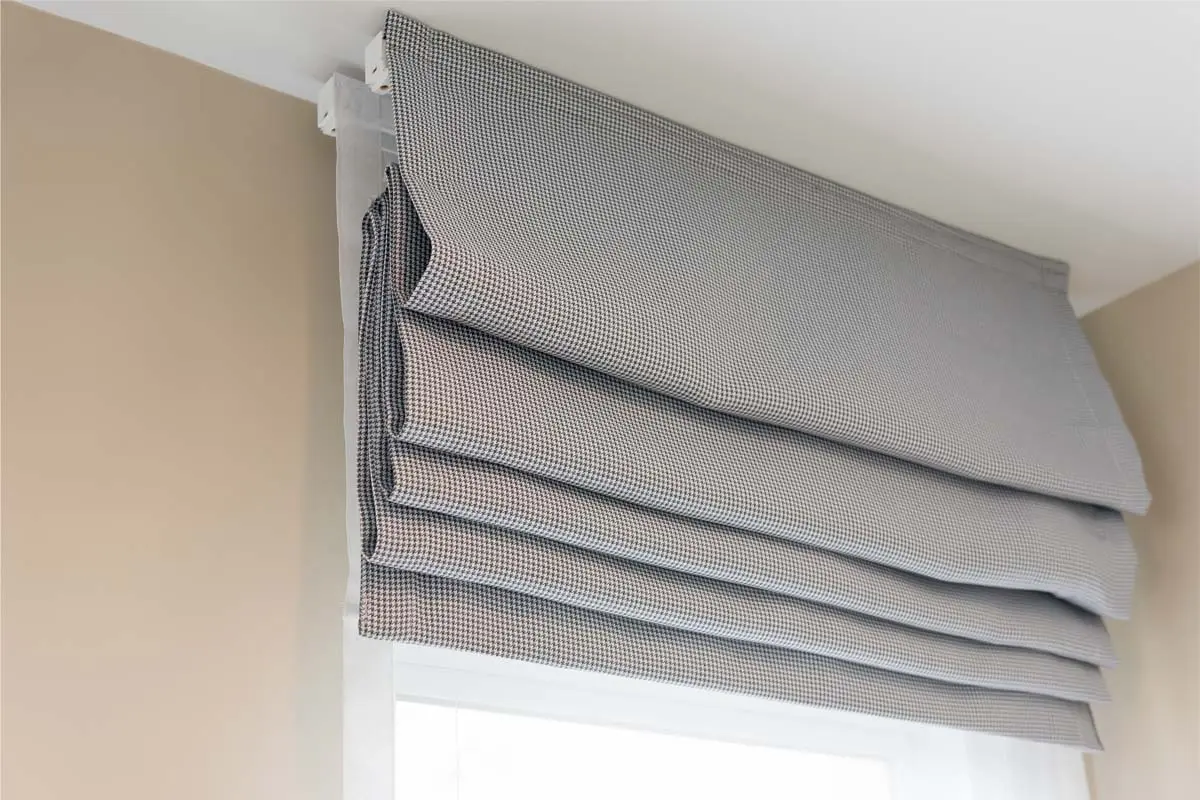
To Sum Up:
This piece offers a comprehensive overview of Roman Shades, tracing their history and breaking down the selection process for various fold styles. It's designed to make your choice easier by providing in-depth information on the top four styles, ensuring you pick the one that best suits your needs and taste.
From Our Recent Roman Shades Projects:
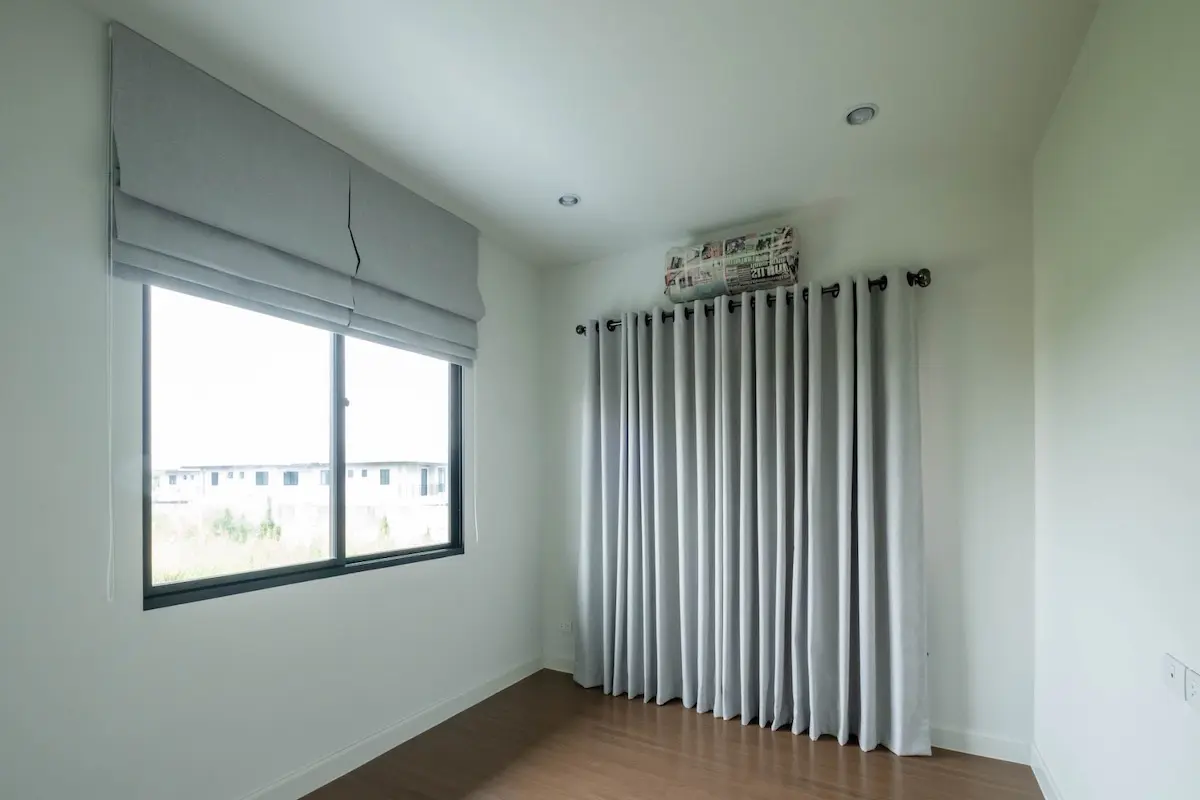
Flat fold Roman shade with Eyelet curtains.
Let Us Assist You in Picking the Perfect Roman Shade:
If you enjoyed our article about Roman shades and found it informative, allow Cher Décor to select the perfect window treatment solution for you! Our designers will guide you in making your choice, and our expert installers will ensure quick installation. Request a free estimate today.
Notes: At this moment, we only design and offer Flat Fold Roman Shades for our customers.
Phone: +66 94 293 6282
Email: [email protected]
Commonly Asked Questions on Roman Shades:
At this part, we want to address your frequently asked questions about Roman Shades also known as Roman blinds. This Q&A session aims to deepen your understanding of this particular style of window covering, helping you decide whether it's the right fit for your space and aesthetic preferences.

Q: Are Roman shades still in style?
A: Roman shades are very much still in style.
Q: Do Roman Shades offer different levels of transparency?
A: Yes, every Roman shade is equipped with a lining on the back for a different transparency:
- Sheer (Translucent)
- Light filter
- Blackout (Room darkening)
Q: What are the most popular Roman shade styles?
A: Roman shades come in a variety of styles to suit different aesthetic preferences and functional needs. The most popular Roman shade styles are:
- Standard Flat Fold
- Plain Fold or Knife Pleat Roman Shade
- Soft Fold or Hobbled Roman Shades
- Relaxed or European Roman Shades
Q: Are Roman shades more expensive than curtains?
A: Roman shades are generally more affordable than curtains for several reasons. Curtains require a larger amount of fabric, which can be more expensive than the materials used for Roman shades. Additionally, the cost will likely increase even further if the curtains include a lining.
Q: How does Roman Shades Operate?
A:
- Cord lift
- Cordless lift (clean look)
- Motorization
Many Roman shades function with a cord mechanism, allowing users to adjust window coverage easily. Cordless versions provide a streamlined appearance, though they might not be ideal for shorter individuals who will lift the shades all the way up. A motorized system is also an option for added convenience and at an extra cost.

Q: Is it acceptable to have one window dressed with a regular fabric curtain and another with a Roman shade?
A: Yes. It's acceptable to dress one window with a fabric curtain and another with a Roman shade in the same room. Just ensure they share a cohesive color or design theme to maintain harmony in the space.
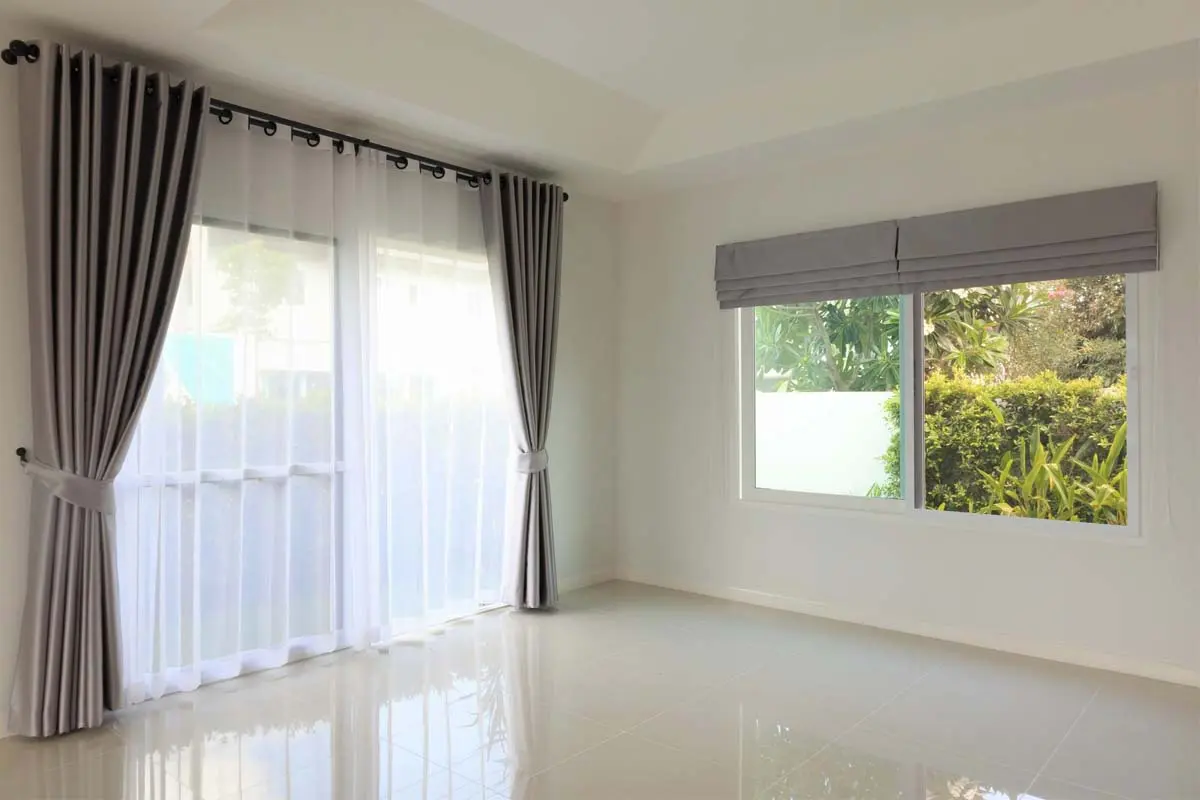
Q: What is the downside to Roman shades?
A: Roman shades do not last as long as other options, such as aluminum blinds.
Another disadvantage of Roman shades can be a light gap along the edges of the frame.
Q: Can Roman shades be layered, and if so, will it enhance the window's appearance?
A: Yes. Roman shades can offer a layering option, especially when paired with other window treatments like curtains or drapes. This layering can add depth, texture, and visual interest to your windows. Whether or not it will look good largely depends on the specific styles and colors you choose and the room's overall aesthetic. Properly coordinated, layered Roman shades can make a stylish and functional addition to your window treatments.
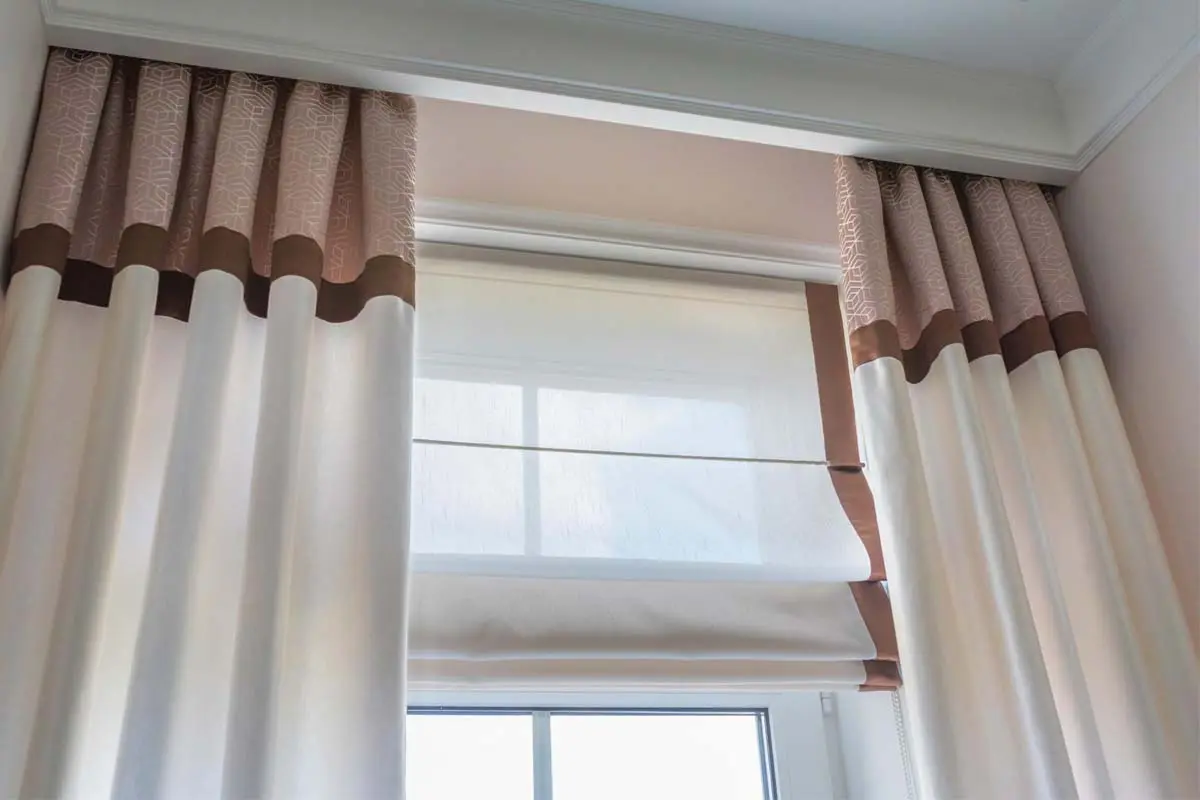
Q: What is the best material to use for Roman shades?
A: Lighter and thinner fabrics such as linen, cotton, and silk are preferable for Roman shades. These materials enable the shade's folds to layer smoothly when lifted and reduce strain on the operating mechanism. However, for specific Roman shade styles, we recommend using thicker fabrics. When choosing your style, one of our fabric and curtain experts will guide you through the fabric selection process.
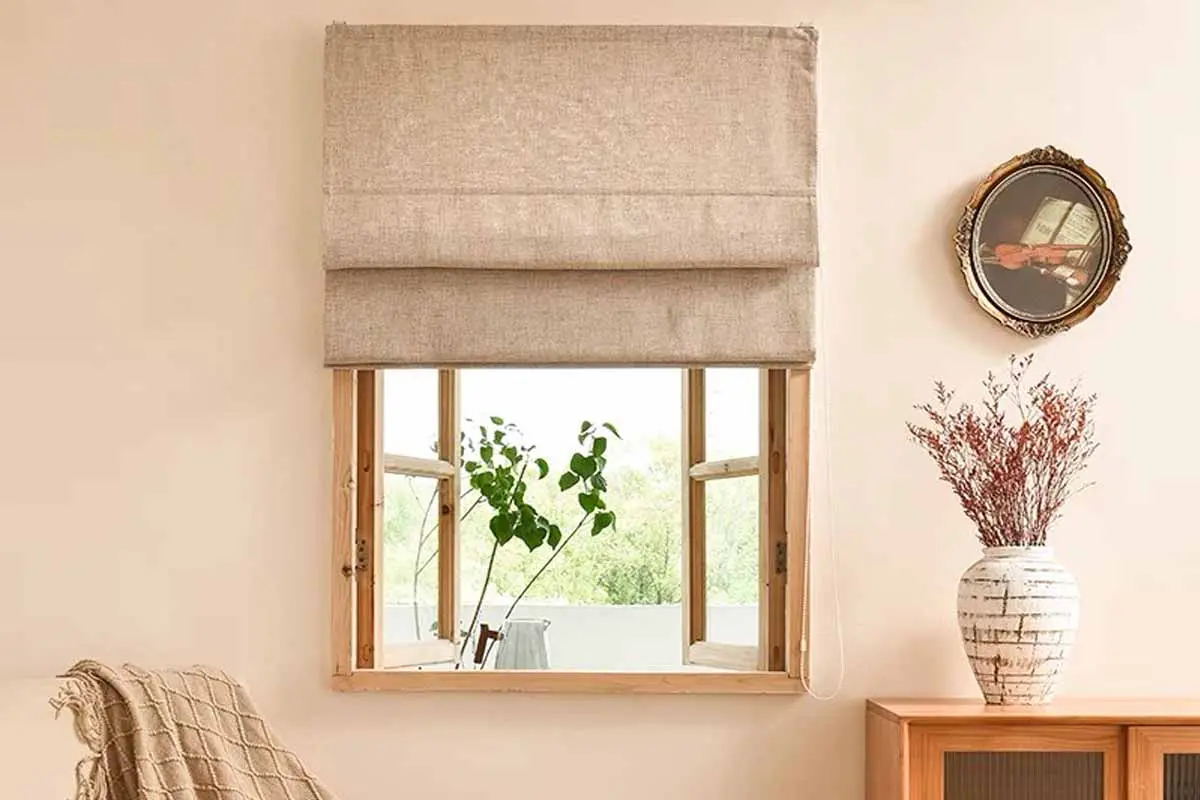
Blackout Linen Fabric Roman Shade: Plain Fold Style
Q: Do Roman shades look good on a large window?
A: Roman shades serve as an elegant option for bigger windows. Constructed from a continuous fabric piece, they fold neatly when elevated, presenting a refined appearance. With an extensive variety of fabric choices, you can find one that complements your interior design.
However, they are not ideal for tall windows, so we usually recommend them for smaller, shorter windows rather than floor-to-ceiling ones.
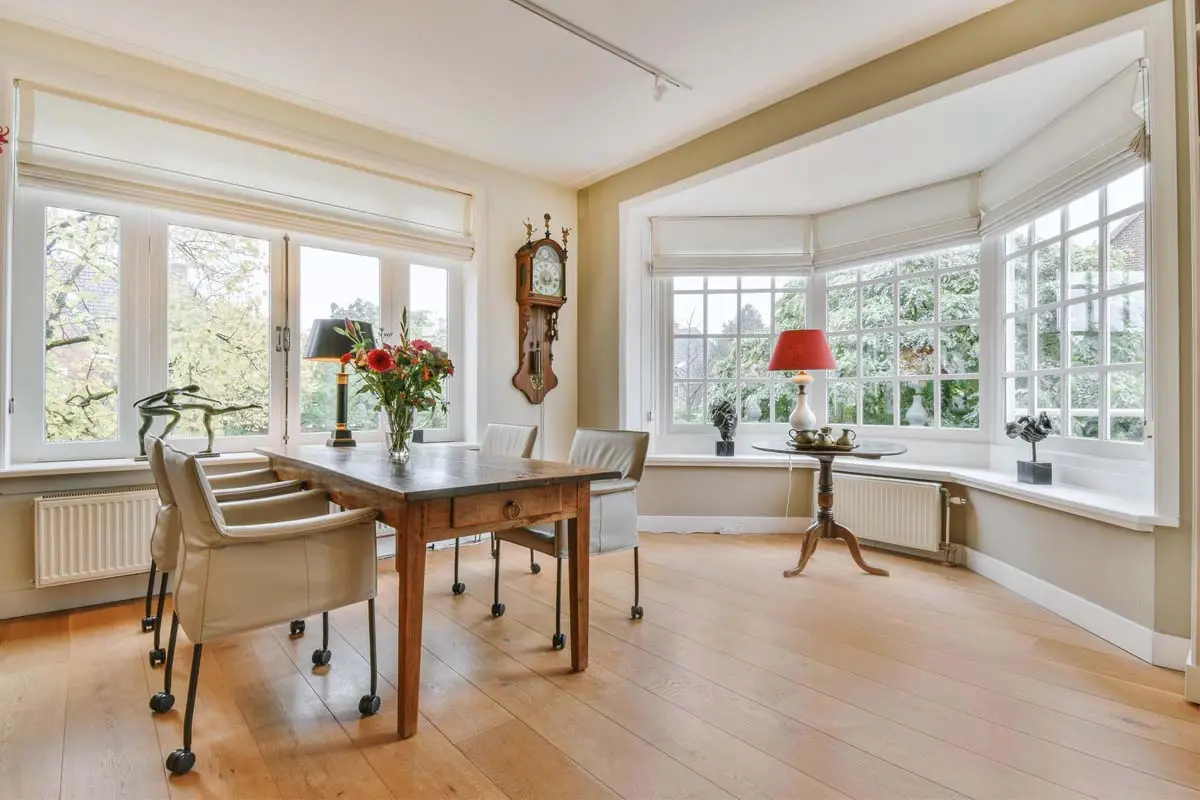
Should you have any more questions, don't hesitate to reach out.
Phone:+66 94 293 6282
Email: [email protected]



















